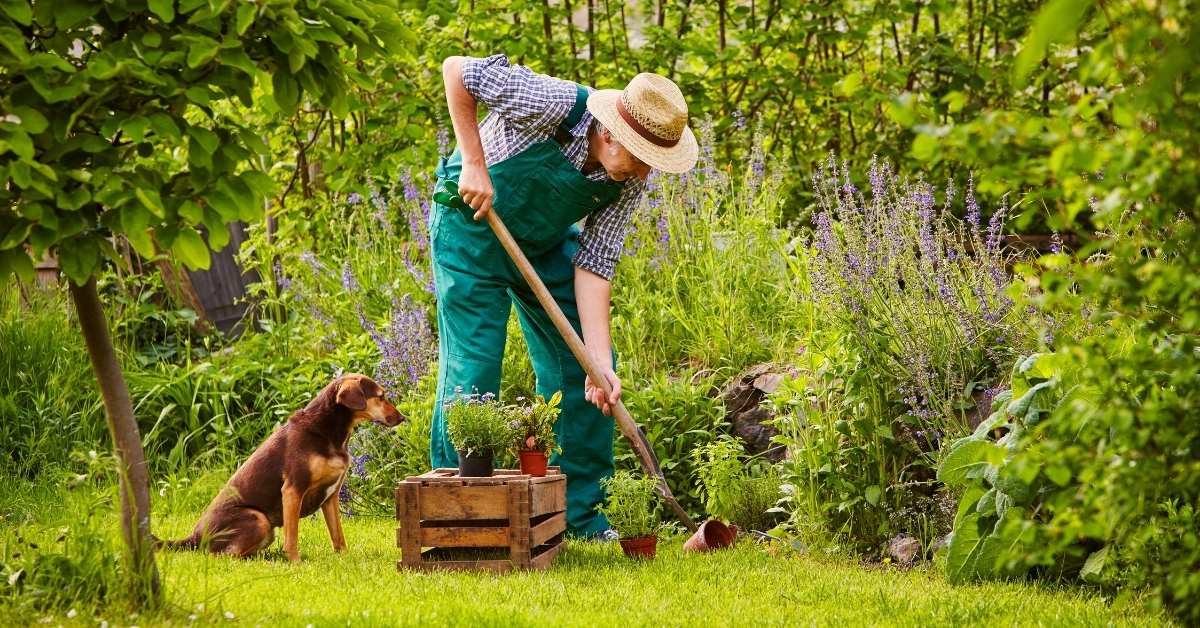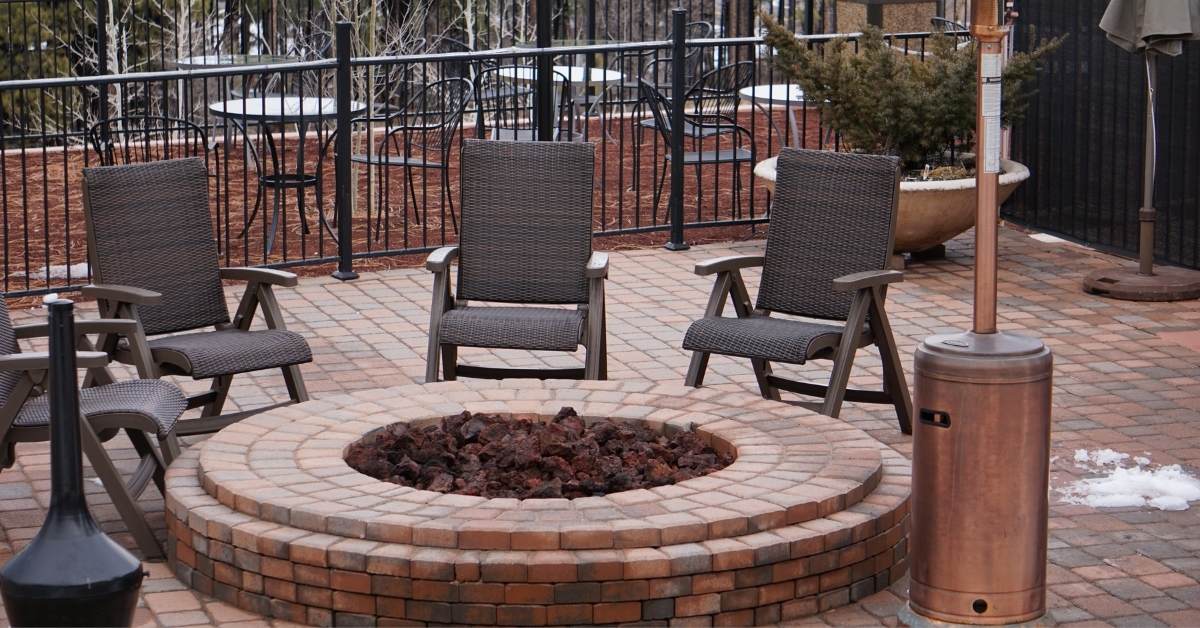If you have pets, especially dogs, you may think having a garden too is impossible. But rest assured, you can have your cake and eat it too when it comes to pets and gardens. Here are some useful tips for pet friendly gardening.
You just need to be a little more strategic in your garden planning than the average gardener, and both you and your pets will wind up with everything you need. Here are ten tips for creating a pet-friendly garden.
Think Like Your Pets
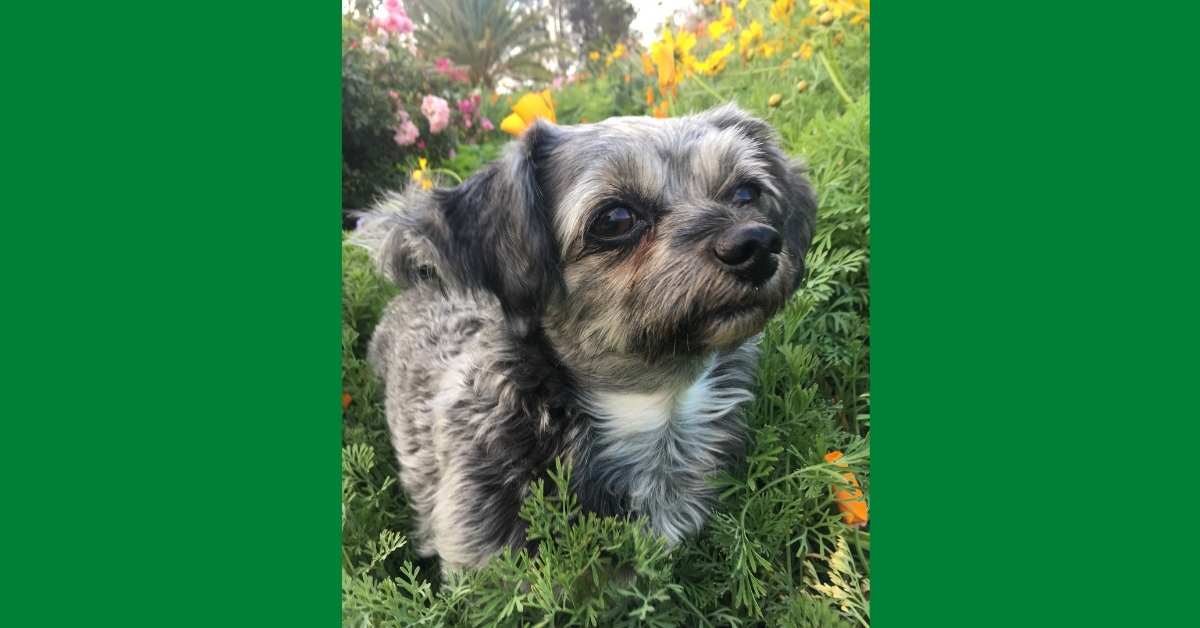
The first thing to do when creating a pet-friendly garden is to think like your pets. If you can, get down on all fours and view the world from their angle. What looks tempting? What looks off-limits?
Also, consider your pets’ personalities and proclivities, as well as breeding. Terriers, for example, are bred to dig and burrow for vermin, so it’s hard to curb this innate desire. Retrievers and sighthounds love to run and need room to move. Long-haired breeds can handle snow in the winter but need shade in the summer, while short-haired pets require more sun year-round.
You might also like this: 16 Tips on How to Keep Cats Out of Plants or Pots
Build Appropriate Fencing
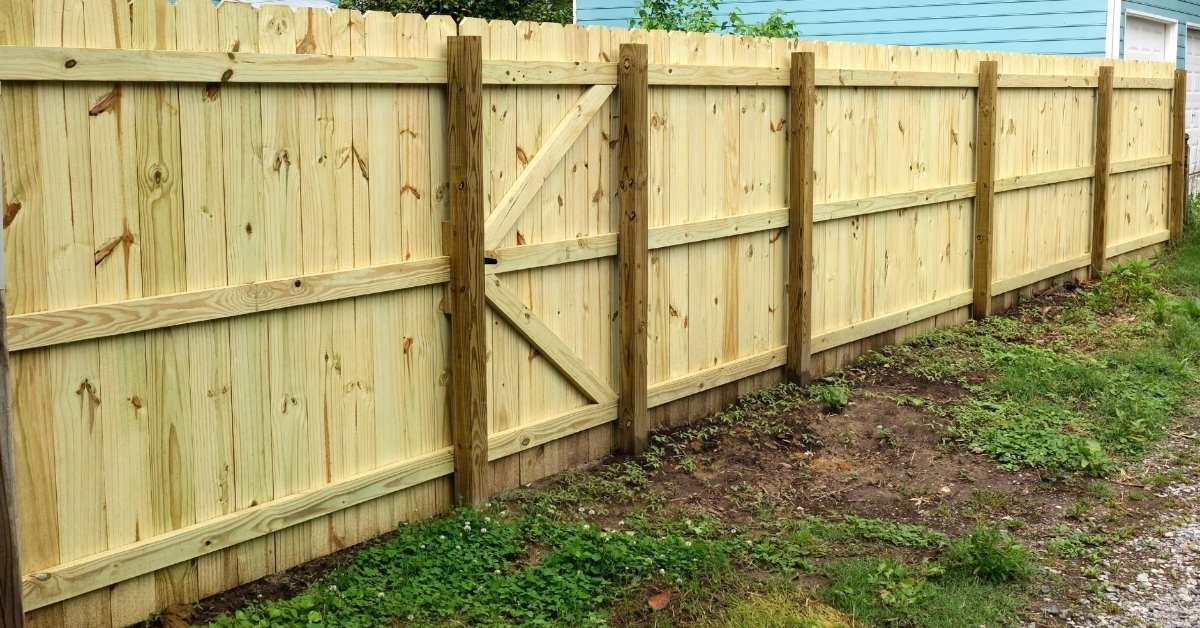
Fencing is important in your garden for a variety of reasons. Perimeter fencing keeps pets in your yard, off the street, and out of other people’s property. Also, fencing helps with protecting some plants, for example, hosta plants, from eating.
If your municipality or homeowners association has strict rules about traditional fencing, you may have to consider electric fencing instead.
If you install a fence, make sure it’s high enough that your pets can’t jump it, with no gaps where they can slip through or get stuck. Also, make sure the gates can’t be opened by crafty little paws. If possible, try to leave a two- or three-foot empty border around the inside edge of the fence, as pets will naturally try to “patrol” this to defend their territory.
You might also like this: How to Stop Dog Pooping on Your Lawn
Certain areas of your garden are not going to be conducive to pets, so consider fencing these off as well:
- fragile or prize flower beds
- food gardens
- roses, cactuses, or other thorny plants (see below)
- compost piles
- muddy or unplanted areas
- fish or lily ponds
- swimming pools
- outdoor dining areas or certain spots for human socializing
Make Pathways Paw-friendly

Any pathways in your garden should be friendly to your pets’ paws. Avoid using sharp stones, and opt instead for pea gravel, slate, or wood chips. Make sure any materials you use don’t get burning hot in the bright sun either.
If you’re not sure where to lay your paths or if your dogs keep using the same routes through the garden, consider taking your cue from them. It will make life a lot easier than constantly trying to fill in spots that their paws keep wearing down.
To further make the path you want your pets to take clearer, use raised beds and borders. These will offer both visual and physical barriers to your animals.
Create Play Areas for Pet Friendly Gardening
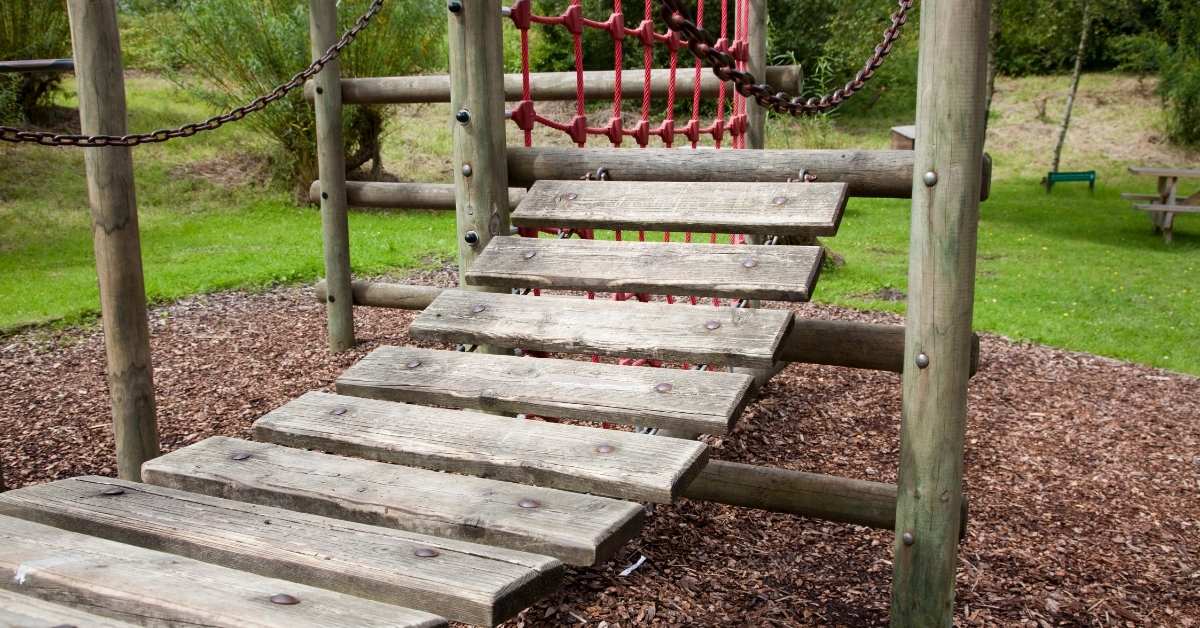
If you make your whole garden off-limits to your pets, it will just create frustration for you and them alike. However, if you create areas where they are allowed to play, especially for dogs, you’ll have a better chance of keeping your flower beds and other plantings intact.
Try to have at least a small grassy area where pets can run and roll without fear of being in “no-no” territory. Expect some wear and tear there, and even some yellow spots, and don’t try to make it look like a golf course all the time. If you use grass seed that is meant for parks, baseball fields, and the like, you’ll have an easier time maintaining it.
Discourage Digging
Dogs dig for a host of reasons–some because of their breed and some out of boredom. You can discourage digging in inappropriate places (e.g., your prize dahlias) by giving them a place where digging is allowed. Build a raised bed and fill it with sand (not dirt). Put some special toys inside that teach your dogs that digging there yields a reward.
Other tips to discourage digging include mulching your beds, using tomato cages or similar protection around fragile plants, planting in masses to create visual boundaries, and using larger plantings (trees, shrubs, and adult plants) that have less fragile root systems.
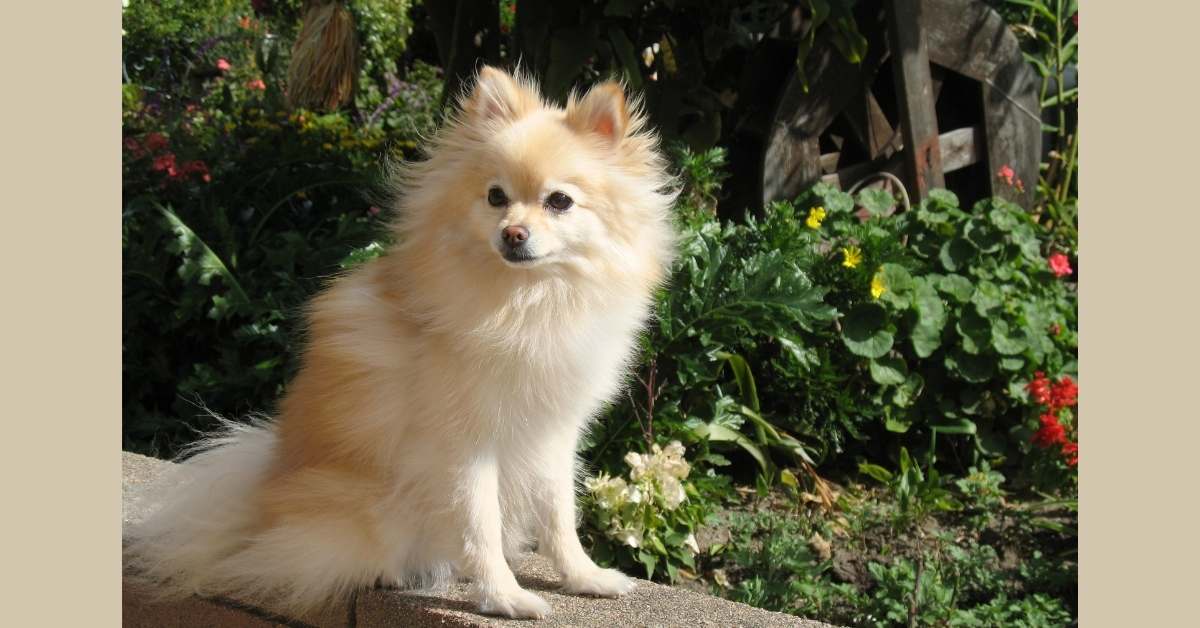
Allow for Sun and Shade
Another reason dogs dig is to create dens for themselves. They like both the comforting feeling of shelter as well as the protection it provides from heat and cold.
You can get rid of den digging by making sure your dogs have adequate protection from the weather, especially if they’re in the garden when you’re not home. Try adding a dog house or shelter, and make sure all pets have access to both sun and shade in the yard.
Also, be certain they have water outside if they are there for any length of time. You could even add a baby pool to keep your pets comfortable on the hottest days (and out of your swimming pool or koi ponds, too!).
Designate a Potty Area
Still, another cause of digging with both dogs and cats is associated with urinating and defecating. Some animals like to bury their leavings, while others like to share them with the whole world as part of scent marking.
If you don’t want your entire yard to become a pet latrine, make a clear potty area for them. Place litter boxes outdoors for cats, and show them where they are. You can train your dog to go in a designated corner of the yard by taking it out on a leash and rewarding desired behavior (puppies learn this faster than older dogs, but it can be done).
Make sure your potty area is accessible even during snowy or rainy weather, and make it easy for you to pick up. Wood chips, pea gravel, and sand are all popular choices with pet owners. Also, consider adding a marking post or large rock for leg lifters in your pack.
Avoid Toxic or Dangerous Plants
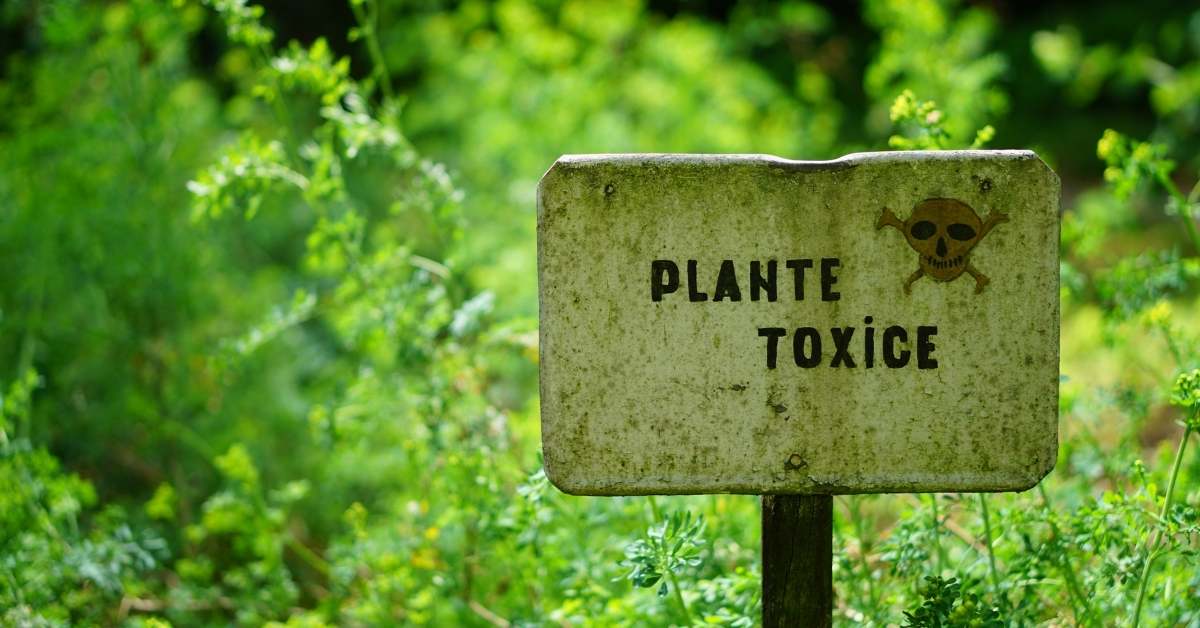
As a responsible pet owner, you need to make sure there are no harmful plants in your garden. Know which plants are toxic to dogs, cats, or even ponies if you keep equines in your yard. Also, get rid of any mushrooms right away, as ingesting these can prove harmful or even fatal to pets.
Avoid wildflowers or tall grasses, like foxtails, with seeds or barbs that can injure pets. Also, plants like cactus, roses, and other spiky or thorned species should not be planted in areas where pets have access.
Use pet friendly weed killer – if you need to
Consult your local garden center or university agriculture extension program about how to remove undesirable plants without using toxic chemicals. You want to seriously limit or eliminate chemical pesticides and herbicides from any pet-friendly garden. This will have the added benefit of attracting more birds, butterflies, and bees to your garden as well.
Include Pet-friendly Plants
If your pets seem to like to chew on plants (cats are often prone to this), think about added species that are fine for them to chew on, such as wheatgrass or catnip. You can use the former in containers around your garden to keep your kitty out of mischief.
Beware, however, of planting catnip if your yard isn’t well fenced; cats love this plant so much you may wind up with the entire feline neighborhood outside your back door!
Consider Creating Alternatives
If your yard is tiny, your plants too fragile, or you rent your home and don’t want the landlord concerned about damage to plants, consider keeping your pets out of the yard or off the garden surface entirely. Take them to a dog park, city park, or daycare for running, romping, and more vigorous play.
That doesn’t mean they need to be excluded from the yard. With a minimum of materials, you can create elevated outdoor runs for your pets, so they can enjoy nature without you worrying about them tearing up the property or running away. This is a great alternative if your pet needs to be outdoors when you’re not home or when you can’t always supervise garden time.
Having a beautiful garden and also having outdoor pets is a possibility, but it takes some good planning and sometimes a bit of trial and error to make it work. Try these tips to make your garden more pet-friendly, and you’ll all be spending more time outside and less time frustrated at not getting what you want from Mother Nature.
FAQ – Pet-Friendly Gardening
How can I make my dog safe in the garden?
Create a calm space for your friend to rest in that has some shade, some kind of cover, and some clean water nearby. They will also be shielded from the sun on days when the temperature is very high. When the weather is not too hot, the garden is a great place to exercise, train, and play with your dog.
What do dogs like in a garden?
Rosemary and lavender are two strong herbs that your dog will like sniffing, and the fragrances of these plants will help your dog achieve a meditative state. Because of their sturdy and woody construction, they are quite durable, making them ideal for any dog that enjoys running about in your yard.
What can I use instead of grass for my dog?
It’s okay for your dog to eat clover, it’s harder than grass, and it won’t leave stains on your clothing as grass would. Because it costs just around $4 for every 4,000 square feet on average, it is less likely to put a burden on your finances.
A more durable grass blend: Although there is no grass that can totally resist stains, certain species of grass, such as Kentucky Bluegrass and Buffalo Grass, are more resistant to the effects of urine than others. Additionally, the price per square foot is normally between $0.30 and $0.55, which means that you may install it without worrying about going over your financial limit.
The use of synthetic grass is an alternative that requires little upkeep and does not absorb stains. Additionally, it eliminates the need for other sorts of yard labor, like mowing, and it discourages your dog from digging holes in the yard. You should anticipate spending anything from $5.50 to $18.75 for each square foot of synthetic grass that you have installed.
